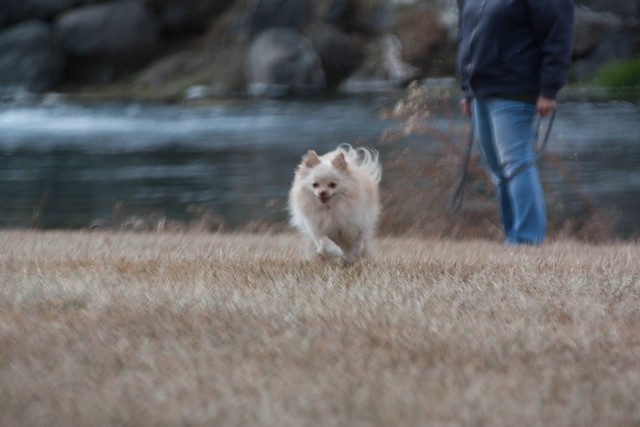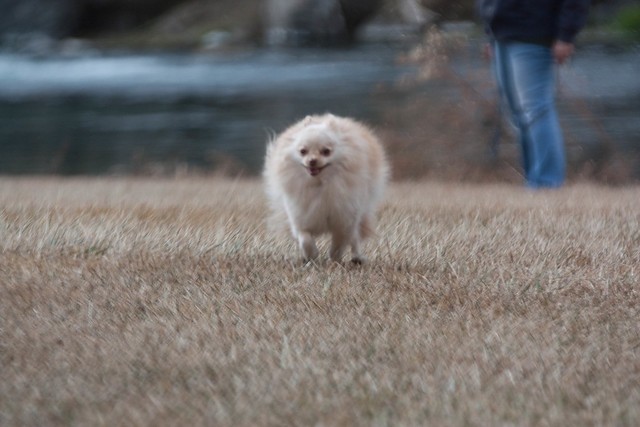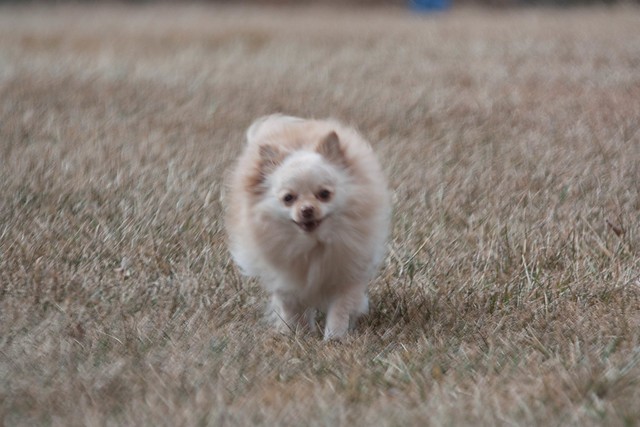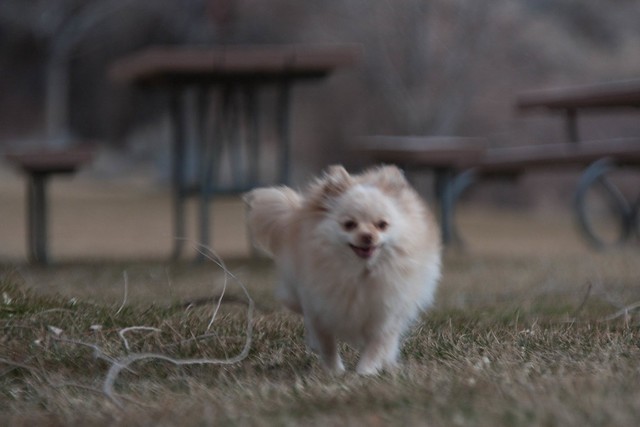ottor
No longer a newbie, moving up!
- Joined
- Feb 7, 2009
- Messages
- 935
- Reaction score
- 173
- Location
- S. Idaho
- Can others edit my Photos
- Photos OK to edit
Canon 450D - 3.5fps - I always shoot in 'One shot' because I'm primararily a landscape photographer, however, today had an opportunity to shoot my dog... 
Used 1/800, f/4.0, 200mm, iso 400 (very overcast) ...... using Sigma 70-200 f/2.8 OS lens....
For this series I switched to AI Servo ...... I used the image stabilazition and laid on the grass supporting the camera with my elbows on the ground.. Can someone
help me understand what happened with these pictures ??? I thought I had held the camera fairly still..... these look as though I was doing jumpin jacks during the shoot !! :blushing:
thanks,
r





Used 1/800, f/4.0, 200mm, iso 400 (very overcast) ...... using Sigma 70-200 f/2.8 OS lens....
For this series I switched to AI Servo ...... I used the image stabilazition and laid on the grass supporting the camera with my elbows on the ground.. Can someone
help me understand what happened with these pictures ??? I thought I had held the camera fairly still..... these look as though I was doing jumpin jacks during the shoot !! :blushing:
thanks,
r





 never noticed subject jumping around in veiwfinder because i use a smooth action
never noticed subject jumping around in veiwfinder because i use a smooth action![[No title]](/data/xfmg/thumbnail/30/30859-ec099dbef074432d32832fceb25cf539.jpg?1734158812)
![[No title]](/data/xfmg/thumbnail/40/40302-79b0636c0b67a1ed65f8ad9e01c690e7.jpg?1734174711)
![[No title]](/data/xfmg/thumbnail/30/30860-944669dcf33f1f20df14586c78ed2608.jpg?1734158815)





![[No title]](/data/xfmg/thumbnail/40/40304-a0ff25efbc1737761e8c4d43e2caa085.jpg?1734174712)